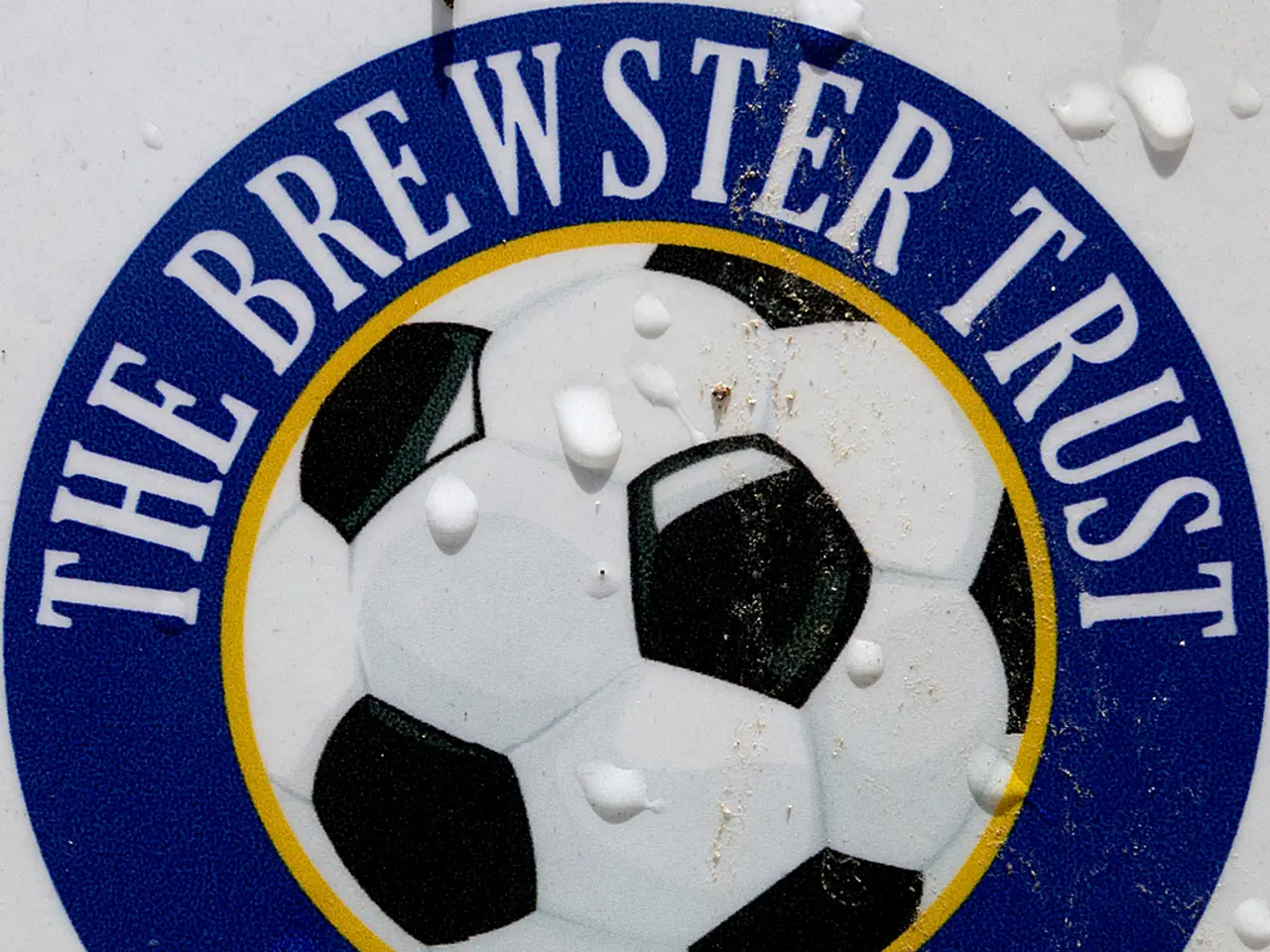Assessment of the Accuracy of Phase-Measuring Bathymetric Side Scan Sonar Compared to Multibeam Echo sounders
In the realm of hydrographic survey technologies, a new contender has emerged: the Phase-Measuring Bathymetric Sidescan (PMBS). This alternative technology, presented as a potential replacement for the Multibeam Echosounder (MBES), offers unique advantages and challenges.
Advantages of PMBS
The PMBS boasts higher-resolution imagery by measuring phase differences, providing detailed seabed texture and object distinction beyond standard backscatter intensity. This makes it particularly beneficial in complex or shallow environments where phase information improves interpretation.
Moreover, PMBS systems may have a simpler acoustic geometry, enabling faster data acquisition or better resolution for specific survey objectives.
Limitations of PMBS
Despite its advantages, the PMBS is generally less mature and less widely adopted than the MBES. This limits its availability and integration in operational hydrographic workflows.
MBES provides inherently robust, highly accurate, and full-coverage bathymetry over swathes, making it the standard for quantitative depth measurements. In contrast, PMBS systems might be more sensitive to environmental noises or require more complex processing to extract bathymetry reliably.
MBES systems often benefit from advanced commercial support, proven calibration methods, and established data standards, which are currently lacking in the PMBS.
Comparison
| Aspect | Phase-Measuring Bathymetric Sidescan (PMBS) | Multibeam Echosounder (MBES) | |--------------------------------|---------------------------------------------------------------|--------------------------------------------------| | Data Type | Phase-based bathymetric and sidescan imagery | Full-swath depth and backscatter intensity | | Resolution | High-resolution seabed texture due to phase measurement | High accuracy bathymetry over wide swath | | Maturity and Adoption | Emerging technology, less widespread | Mature, industry standard | | Data Processing | More complex, requires phase unwrapping and correction | Robust, well-established processing workflows | | Environmental Sensitivity | Can be sensitive to noise and multipath effects | Generally robust in various environments | | Operational Use | Potential for specialized applications, research phase | Used extensively in commercial and scientific surveys |
Recent Developments and Tests
Recent tests conducted in the Guanabara Bay have shown that the PMBS can easily cover 100% of the area without needing to change the swath, while the MBES would have required more survey lines and more time to do the same.
However, despite delivering a higher data density than the multibeam, the PMBS has a very large amount of spurious data, which limits the resolution improvement and restricts it to the MBES surface resolution level.
For instance, the detection of objects by the PMBS is more pronounced than in the MBES, especially in cases where the objects have a vertical projection that reaches the water surface, making it impossible for the survey vessel to approach.
In this work, a good resolution for the PMBS was considered to be 0.3m. For the resolution test, it was found that resolutions of 0.1m on both sensors and 0.2m on MBES are discouraged.
Future Outlook
The PMBS technology remains under discussion, with some hydrographic services using it and others not fully adhering to it. For the most recent field-tested comparisons or project-specific results, contacting specialized research groups like LABUST—which works on marine robotics and underwater systems—could provide updated experimental data or technical evaluations.
[1] For more information, please visit: LABUST's website
- The PMBS offers improved seabed texture and object distinction, particularly beneficial in complex environments due to its phase measurement capability.
- PMBS systems may offer faster data acquisition or better resolution for specific survey objectives, thanks to their simpler acoustic geometry.
- The MBES is the industry standard for quantitative depth measurements, providing inherently robust, highly accurate, and full-coverage bathymetry.
- PMBS systems might be more sensitive to environmental noises or require more complex processing compared to MBES for extracting bathymetry reliably.
- MBES benefits from advanced commercial support, proven calibration methods, and established data standards, aspects that are currently lacking in PMBS.
- Recent tests in Guanabara Bay demonstrated that PMBS can easily cover 100% of the area without changing the swath, while MBES would require more survey lines and more time.
- However, the PMBS has a large amount of spurious data which limits the resolution improvement and restricts it to the MBES surface resolution level.
- The detection of objects by the PMBS is more pronounced, especially when objects have a vertical projection reaching the water surface.
- A good resolution for the PMBS was considered to be 0.3m, and resolutions of 0.1m on both sensors and 0.2m on MBES are discouraged.
- Hydrographic services are discussing the PMBS technology, with some using it and others not fully adhering to it.
- For updated experimental data or technical evaluations, contacting specialized research groups like LABUST (marine robotics and underwater systems) could be beneficial.
- In the realm of sports, the UEFA Champions League, NFL, Premier League, NBA, MLB, and NHL are some examples of European and American leagues featuring football, baseball, basketball, and hockey.
- In addition to these mainstream sports, golf, tennis, racing, mixed martial arts, and sports betting have gained popularity around the world.
- Women's sports such as WNBA basketball, NCAA basketball, and soccer also attract significant attention and support.
- Sports analysis is a growing field that applies robust statistical models and data-driven approaches to understand the trends, strategies, and performance metrics within various sports.







